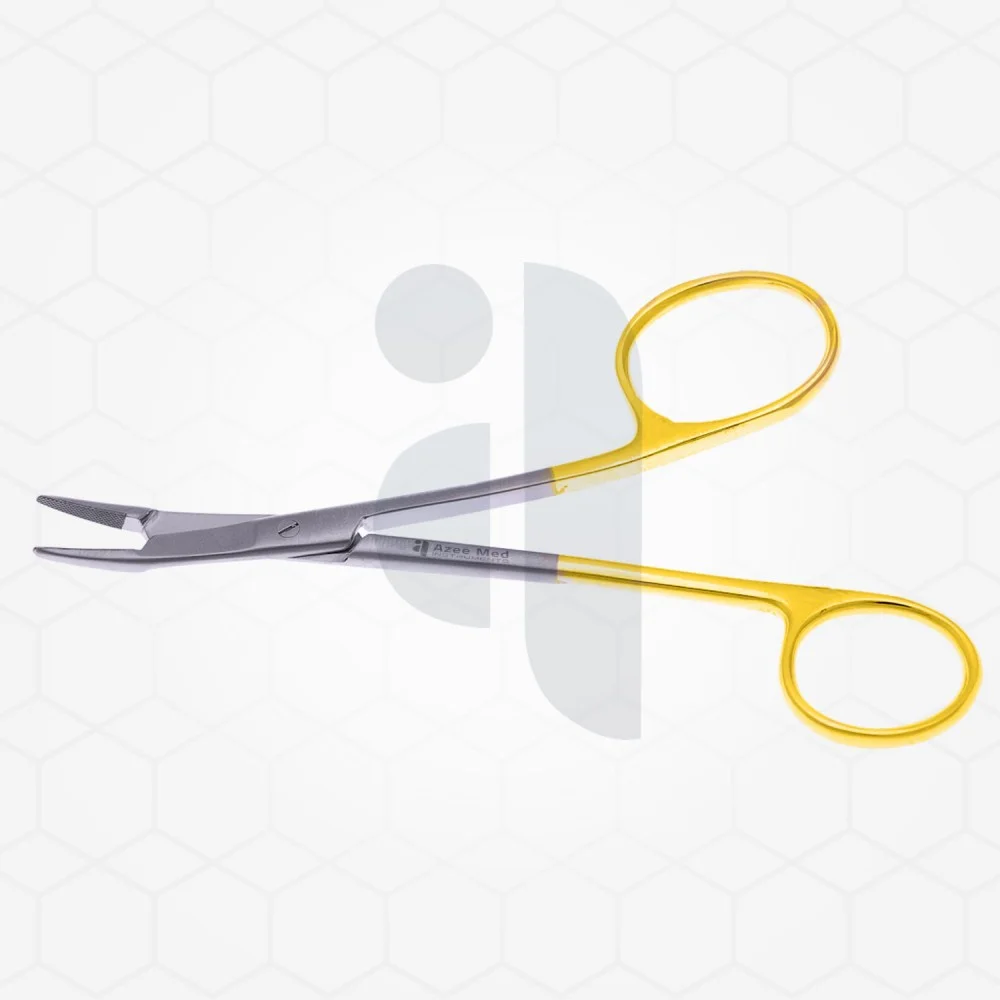The Foster instrument is a specialized surgical tool used in various medical procedures, particularly in gynecology and general surgery. Known for its precision and versatility, it plays a crucial role in handling tissues, grasping, and manipulating surgical materials. Surgeons rely on the Foster instrument for its ergonomic design, which provides ease of use and control, ensuring patient safety and procedural efficiency.
Design and Features of the Foster Instrument
The Foster instrument is typically designed with a long, slender body and a curved or straight tip, allowing for easy access to deep surgical sites. Made from high-quality stainless steel, it offers durability, resistance to corrosion, and the ability to withstand repeated sterilization. The instrument is available in various sizes to accommodate different surgical needs.
A key feature of the Foster instrument is its firm yet gentle grip, which ensures precise handling of delicate tissues without causing excessive trauma. Its smooth surface and lightweight design make it comfortable for surgeons to use during prolonged procedures. Some models also include a locking mechanism to secure tissue or surgical materials in place, further enhancing its functionality.
Applications in Gynecological and General Surgery
The Foster instrument is commonly used in gynecological procedures, including dilation and curettage (D&C), where it helps in grasping and removing tissues from the uterine lining. It is also essential in procedures involving the cervix, uterus, and vaginal canal, where precision and minimal trauma are critical. Obstetricians use the Foster instrument during postpartum interventions to manage retained placental tissue and prevent complications.
In general surgery, the Foster instrument assists in handling tissues, sutures, and gauze during various procedures. It is particularly useful in procedures requiring deep access to surgical sites, such as abdominal and thoracic surgeries. Its ability to hold delicate structures without excessive pressure makes it an invaluable tool in intricate operations.
Role in Minimally Invasive and Specialized Surgeries
With the advancement of minimally invasive techniques, the Foster instrument has been adapted for use in laparoscopic and robotic-assisted surgeries. Its slim design allows for easy maneuverability through small incisions, reducing patient trauma and recovery time. Surgeons utilize it for grasping and positioning tissues during keyhole surgeries, ensuring precision without excessive force.
The instrument is also employed in specialized medical fields such as otolaryngology and urology. In ENT (ear, nose, and throat) procedures, it helps in handling small tissues within delicate areas. In urology, it assists in procedures involving the bladder and urinary tract, where controlled handling of tissues is essential for optimal outcomes.
Maintenance and Sterilization of the Foster Instrument
To maintain the effectiveness and longevity of the Foster instrument, proper sterilization and maintenance are essential. After each use, it must be thoroughly cleaned to remove any biological debris. Autoclaving is the most common method of sterilization, ensuring the instrument remains free from contaminants. Regular inspection for signs of wear, such as misalignment or dullness, helps maintain its functionality.
Proper storage in a sterile and dry environment prevents corrosion and damage. Hospitals and surgical centers follow strict protocols to ensure that surgical instruments like the Foster instrument are always in optimal condition, reducing the risk of infections and complications.
Advancements and Innovations in Surgical Instruments
Medical technology continues to evolve, leading to improvements in surgical instruments like the Foster instrument. Newer materials, including titanium and non-stick coatings, enhance durability and reduce friction during procedures. Ergonomic enhancements improve surgeon comfort, minimizing fatigue during long surgeries. Some modern instruments incorporate smart technology, providing real-time feedback on tissue handling and pressure application.
As surgical techniques continue to advance, the Foster instrument remains a valuable tool, adapting to the ever-changing demands of the medical field. Its precision, reliability, and adaptability make it a staple in both traditional and modern surgical settings.
Conclusion
The Foster instrument is a crucial tool in various surgical specialties, known for its precision, durability, and ease of use. Its applications range from gynecology to general and minimally invasive surgeries, making it an essential instrument for surgeons worldwide. With ongoing advancements in medical technology, the Foster instrument continues to evolve, improving surgical outcomes and patient safety.





Comments